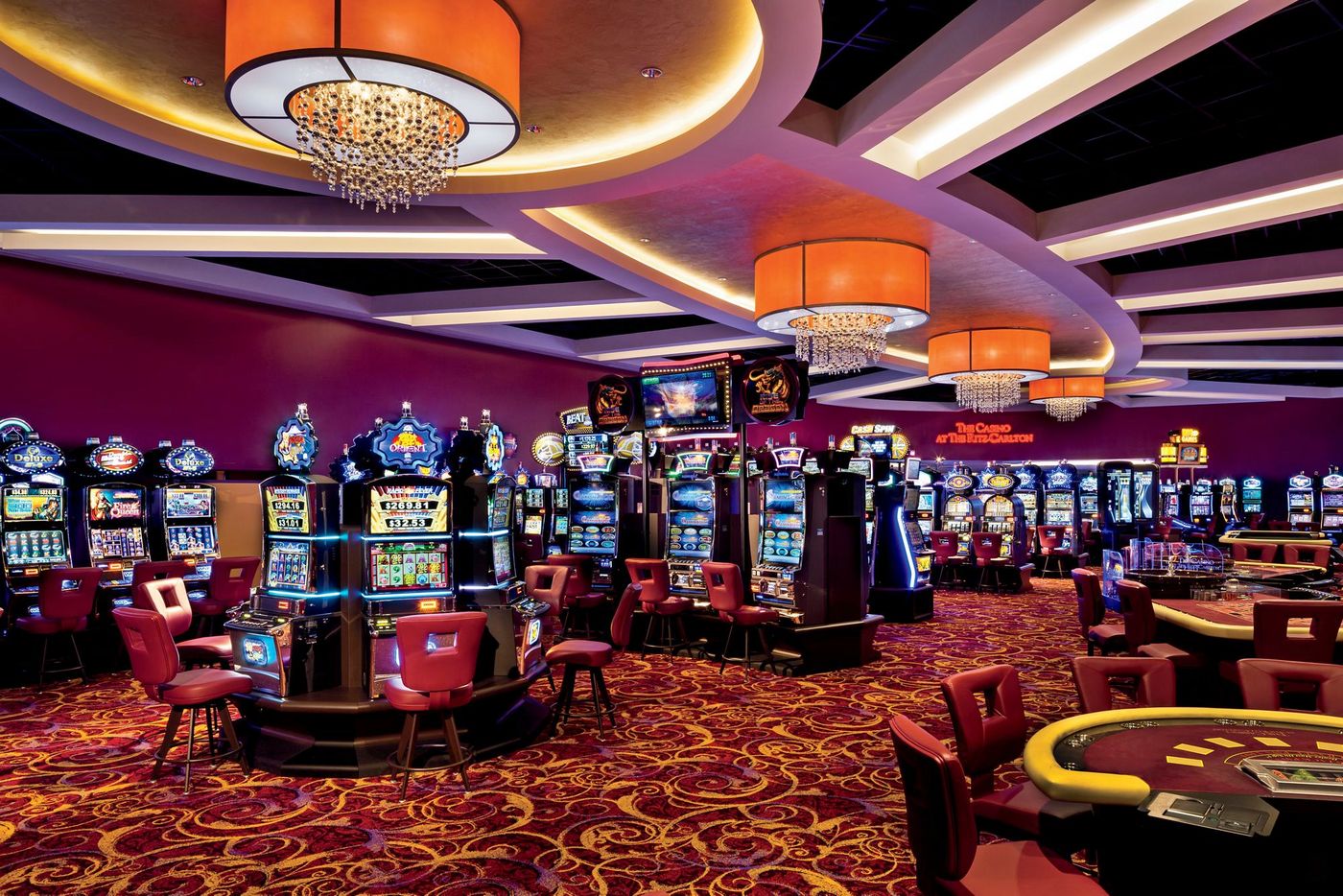The Psychology Behind Casino Game Design

Casino games have long captivated people’s attention, drawing players into a world filled with luck, strategy, and the allure of adventure. Each experience is painstakingly crafted not just for enjoyment, but also to elicit specific emotional responses that keep participants engaged and interested. Understanding the motivations behind these designs reveals much about how behavioral psychology plays a vital role in the gaming experience.
From the dazzling lights and dynamic sounds to the complex layering of guidelines and incentives, casino games are designed to create an atmosphere of anticipation and expectation. Game designers leverage mental cues to influence participant behavior, whether through the use of big prizes, close-call situations, or social interactivity. By examining these elements, we can better appreciate how casino games fulfill not just a want for entertainment, but more profound psychological needs for thrill and uncertainty.
Grasping Player Behavior
Casino games are crafted with a thorough grasp of gamer psychology, which is crucial for luring and retaining players. The excitement of the game, coupled with the expectation of winning, produces a formidable attraction. Game designers make use of elements like audio cues, colorful graphics, and captivating gameplay to seize attention and elicit emotional responses. These sensory experiences enhance the total environment, making players feel more attached in the game.
Another important aspect of player behavior is the idea of risk versus reward. Casino games often balance high-stakes situations with the potential for considerable rewards, which can cause the phenomenon known as near-miss experience. When players come near to winning, the brain produces dopamine, reinforcing their behavior and encouraging them to keep playing in search of that fleeting win. This cycle of hope and letdown plays a key role in how games are structured and promoted.
Lastly, community aspects also play a critical role in player behavior at casinos. Many games are crafted to be played in pairs or alongside other players, fostering a sense of community and collective experience. The social interaction inherent in games like baccarat enhances enjoyment and can culminate in extended gameplay. Designers leverage on this by creating environments that prompt players to stay, interact, and revisit, making the overall casino experience more inviting.
The Role of Visuals and Sound
Visuals and audio play a crucial role in elevating the player’s experience within gambling games. Designers utilize vibrant colors, eye-catching graphics, and engaging animations to attract players’ attention and maintain their interest. The use of motifs, such as adventure or luxury, helps create an enthralling atmosphere that takes players into another world. By connecting to the senses, these elements add to a intensified emotional response, encouraging players to interact more deeply with the games.
Sound design is just as important in enhancing the overall experience of gambling games. The combination of background music, audio effects for winning combinations, and environmental noises creates an auditory landscape that keeps players fascinated. Audio cues associated with victories, such as ringing bells or celebratory music, evoke feelings of thrill and satisfaction, encouraging players to continue playing. These audio cues are strategically placed to amplify the thrill of the game and create a more immersive experience.
Additionally, the alignment of visuals and sound is important for reinforcing the game’s overall concept and mood. Each element should coordinate seamlessly to create a unified experience that pulls players in. The effective use of this integration not only enhances user enjoyment but also boosts the likelihood of repeat play, as players become more engaged in the immersive world that the casino games offer. This thoughtful integration of imagery and audio ultimately enhances player involvement and loyalty.
Reward Systems and Engagement
The development of gambling experiences heavily depends on incentive systems to keep players involved and returning for additional experiences. These systems are rooted in behavioral theories that take advantage of human nature and desire. Players are often motivated by the thrill of winning, which is reinforced by instant responses through the game’s design. This instant gratification not just improves the overall experience but also cultivates a sense of success, encouraging players to keep playing in hopes of greater rewards.
Gaming establishments utilize various reward structures, including jackpots, bonuses, and multipliers, to engage participants. These elements create a level of excitement that maintains interest. Additionally, the randomness of outcomes plays a significant role in sustaining interest. The variable reward system, where successes are unpredictable but occur often enough, keeps participants on edge and driven to continue participating. This cycle of hope and expectation is foundational to the success of gambling experiences.
In addition, community aspects, such as tournaments and collaborative options, boost the participation factor by tapping into the desire to compete of participants. xx88 The shared experience of gaming with fellow participants can amplify the excitement of success and create a sense of community within the gaming space. By integrating these community elements with efficient reward systems, casino games not only provide fun but also foster a deeper bond among players, reinforcing their loyalty to the overall experience.